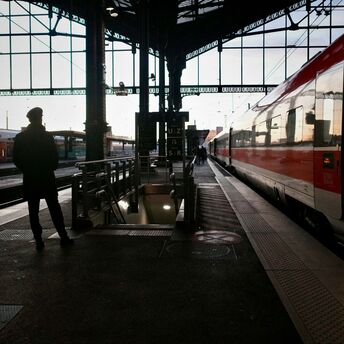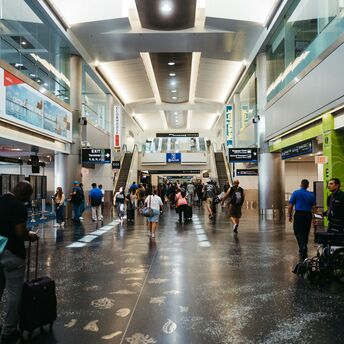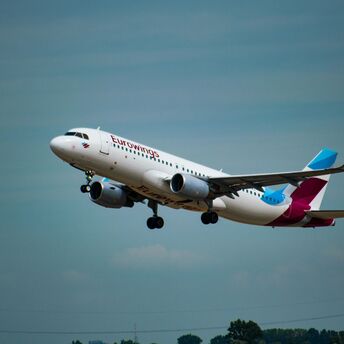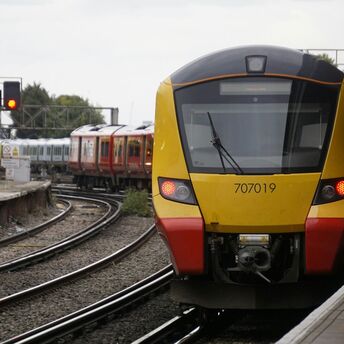Poland to Introduce EU Entry/Exit System in November 2025
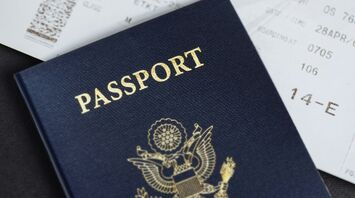
Poland has confirmed the start date for the EU’s new Entry/Exit System (EES), which will launch on 24 November 2025. The change affects visitors from countries outside the EU and Schengen who enter Europe for short stays of up to 90 days within a 180-day period. Instead of receiving passport stamps, non-EU visitors will have their details recorded digitally, including personal information, a photograph and, in most cases, fingerprints. The aim is to create a clearer record of entries and exits and to help identify overstays more effectively.
Under the new rules, border guards at airports such as Gdańsk will register non-EU passengers when they enter or leave any of the 29 European countries using EES. This applies whether the person travels with a short-stay visa or is allowed to visit without one. The system will also log entry refusals. Those who entered Europe before the EES begins will be added to the system when they depart. The full rollout across external borders will take around six months, so some crossings may register passengers later than others during the transition period.
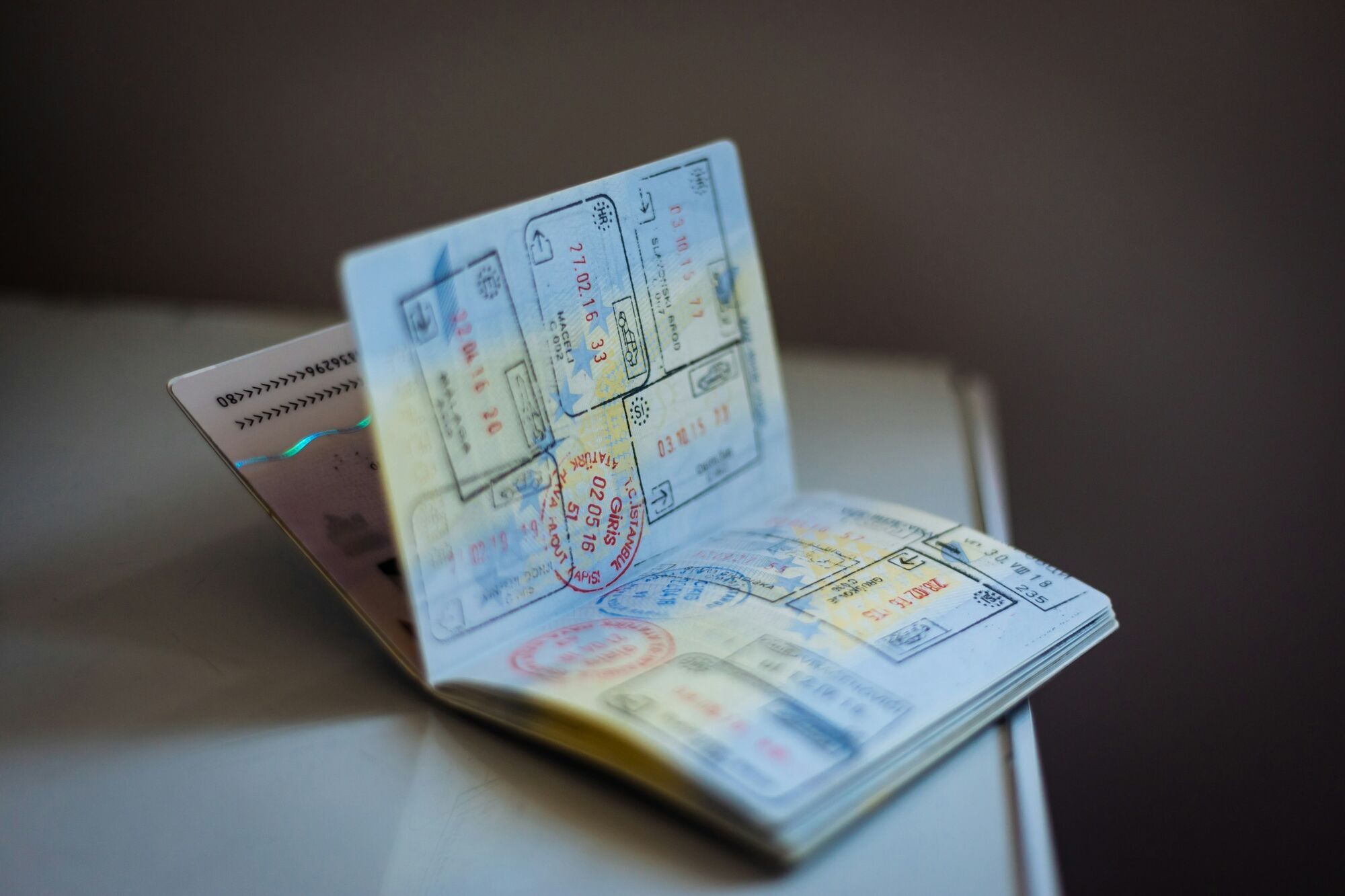
The EES database will store the main details shown in a traveller’s passport, including their name, date of birth, and nationality. It will also keep a biometric record, such as a facial image or fingerprints. Each border crossing will also be recorded with the date and location. Travellers who are already in the database will undergo a simpler check: border guards will confirm identity by taking a fresh facial photo or fingerprint scan on both arrival and departure. Once the gradual rollout is complete, EES will replace manual passport stamping entirely.
The new system is expected to make some parts of travelling more predictable. People entering Europe will see a clear record of how many days they have already used within the short stay limit, which lowers the risk of staying longer than allowed by mistake. Over time, the digital checks are likely to shorten queues, especially at large airports during busy holiday seasons. Those who visit Europe often, whether for work, studies, or family reasons, may find the new process easier to follow once they have gone through it a few times.
Although the new process may feel unusual at first, EES is one of the most significant changes to Europe’s border checks in a long time. When the system is fully active, all participating countries will follow the same rules, which should make the experience more predictable for visitors moving between several destinations. People travelling within the next few years will find it useful to understand how EES works. Knowing the basics can help them avoid unnecessary delays and move through border checks more easily during busy seasons.







